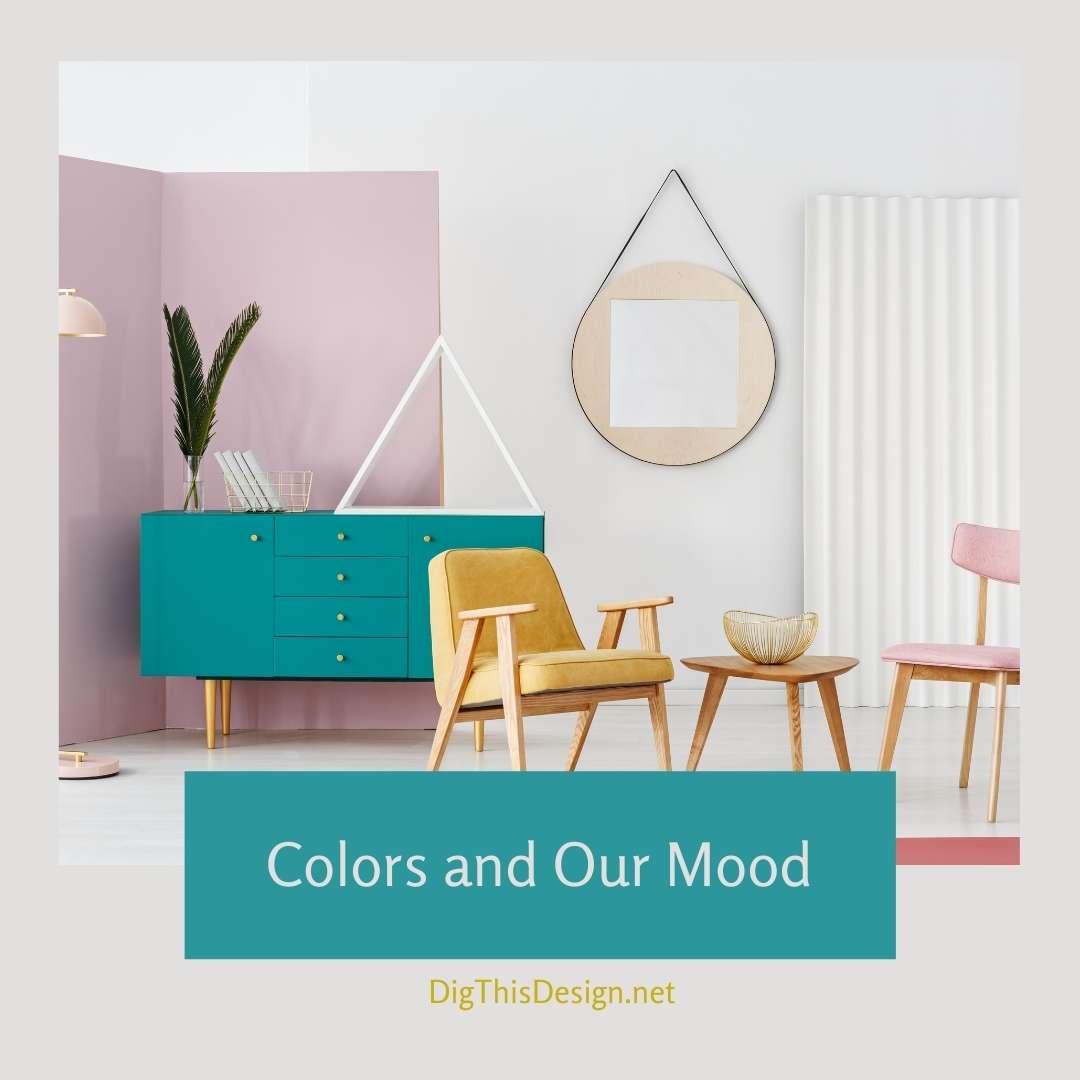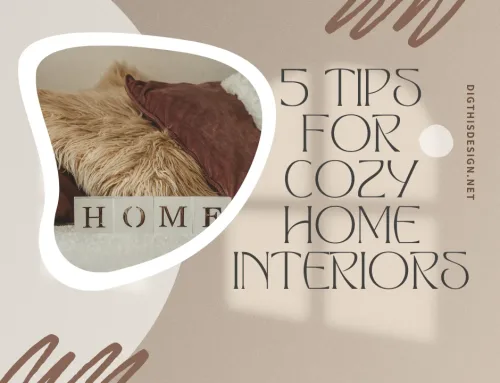Decorating your home or personal space should bring out your personality, enhancing your mood and thoughts. Color affects emotion, through its psychological value, ranging from tranquility to rage. Color behaves in three basic ways: active, passive and neutral.
Interior designers realized ages ago that room decoration and color affects mood. “Even restaurant owners know this, so they tend to choose colors and designs that either encourage customers to linger and eat more (soft cushions, low light) or eat quickly and leave to make room for more customers (bright colors, hard seats).” (Sanders, n.d.)

Before you decorate a room, think about its purpose and the mood you’re going for. Are you decorating a room you plan to relax in? Or is it an entertaining space, like a family room?
Bright colors are not relaxing to the mind. They do the opposite, giving off energy and light. This is why bright colors are often chosen to decorate kitchens because food is (gives) energy. Just don’t use too many colors because it could create feelings of chaos and stress. Remember paint can be an inexpensive and quick transformation to a room, so experiment a little.
Decorating a bedroom calls for a different color scheme because you want to create a sense of calm and relaxation. “Soft blues, other neutrals and grays are often used in bedrooms and bathrooms in order to impart a feeling of restfulness in the user.” (Sanders, n.d.)
It also helps lower blood pressure and slows respiration and heart rate. Light colors are expansive, giving rooms a larger and brighter feeling. Dark colors exude warmth and sophistication, giving a large room an intimate appearance.
Check out the colors below to see what they can do for a room:
Green works in any room of the house, evoking feelings of warmth. It helps to promote comfort and also brings people together.
Purple in lighter shades like lavender and lilac, brings a restful quality to the bedroom.
Red raises the energy level of the room. It brings people together and helps stimulate conversation. It also raises blood pressure, speed respiration and heart rate.
Yellow is a bright and vibrant color that can show happiness in a kitchen, bathroom or dining room. However it may not be the best choice for use as the main color in some rooms.
Another decorating factor that can affect a person’s mood is clutter. Too much clutter gives the feeling of anxiety. However, you may not know that improper furniture and accessory arrangements can also create feelings of stress and anxiety. Placing a sofa with its back toward a large window or opening can give a subconscious feeling of vulnerability (i.e. someone can sneak up on you). A room used for entertainment should always provide enough seating, or your guests will feel awkward and tense.
Remember your paint color and decorating choices should be something that suits you and your family lifestyle. Have fun decorating and if it doesn’t give off the mood you are going for, you can always change it.
Written by: Jamacia Magee, FizzNiche Staff Writer
Images Courtesy of Canva.





